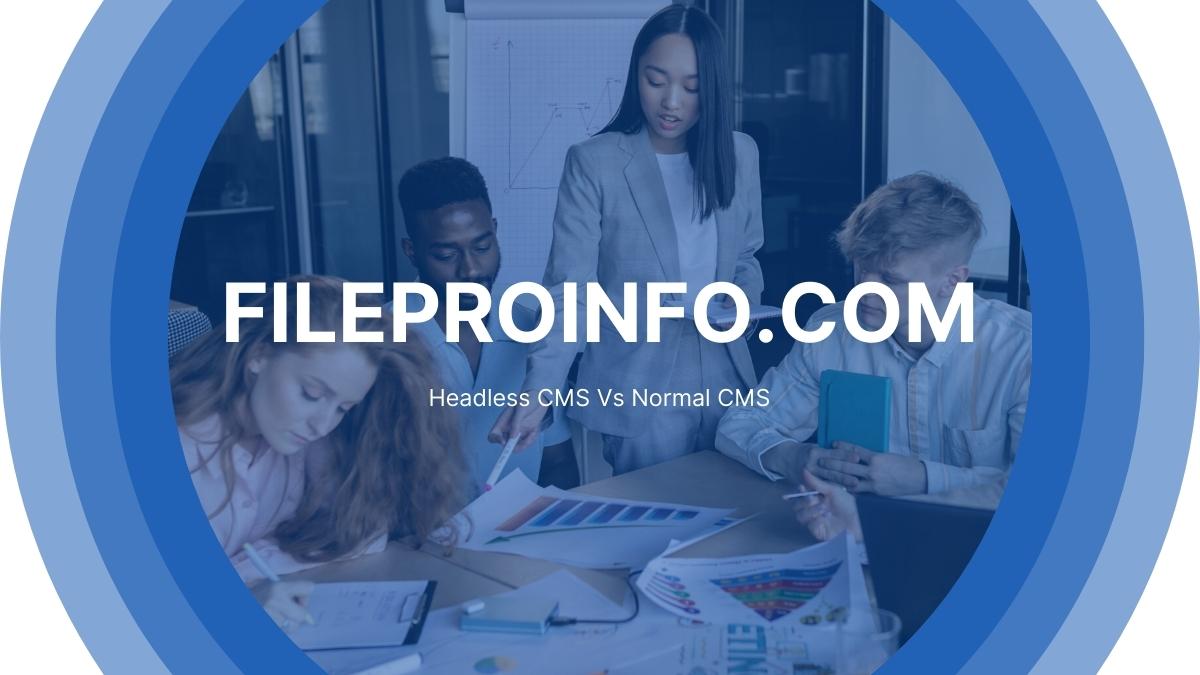
There are several differences between a normal CMS and a headless CMS. In this article, we’ll discuss the pros and cons of each type of CMS, as well as the pros and cons of using a headless CMS. In addition, we’ll examine the pros and cons of using a headless CMS in your business and if it’s right for you. A headless CMS is a great alternative to a traditional CMS, but you should understand the pros and cons of each type of CMS before making your decision.
Common questions about a headless CMS
A headless CMS is a type of content management system that provides content management capabilities without a presentation layer. While a headless CMS still presents limitations in marketing and customer experience, it also gives developers the freedom to design content-driven front-ends. The rise of the headless CMS is an indication that organizations are moving away from the web as a primary customer experience and are looking for ways to reuse content on new touchpoints.
Headless CMS is an ideal solution for dynamic and responsive websites. It allows for content updates without the need to hire a web developer. Additionally, users can update content on any platform, including mobile devices. The advantages of a headless CMS are numerous. Ahead of the competition, headless CMS is not tied to a particular platform, which means that the same content will work on various platforms. That means you can create a headless CMS for any project and launch it on any platform.
Pros and cons of a headless CMS
Headless CMS (also known as a headless content management system) has several benefits. These include flexibility, speed, and security. As the name implies, a headless CMS is a software platform without a backend database. This is advantageous because you can switch components quickly without having to create a whole new system. Another pro is that headless CMSs are often technology-agnostic, meaning you can use any platform without fear of being limited to a particular technology stack.
A headless CMS is best for businesses that want to take advantage of emerging technologies and provide a seamless customer experience. It’s easier for non-technical team members to manage content and can be used by non-technical staff. It is also easier to scale, operate, and maintain compared to a traditional CMS. When choosing a headless CMS, consider the pros and cons of different hosting providers. Some of the leading providers include AWS, GCP, and Azure. Each of these options has pros and cons, so consider them carefully before making a decision.
Is a headless CMS right for your team?
A headless CMS has numerous benefits, especially for teams working on the backend of a website. For starters, it offers more flexibility to content teams and developers, who can work on a specific frontend without worrying about its structure. Ahead of time, these benefits also translate to faster time to market, which is good for ROI. And what about cross-collaboration? A headless CMS also facilitates it by allowing developers to work on their projects, while content teams can write content and publish it using presentation layers built by the development team.
A headless CMS is great for larger projects. A headless CMS is not suitable for small projects without dedicated developer resources. Rather, it’s a better option for larger websites that have a complex backend and require advanced features. Smaller sites may benefit from a traditional CMS. If you’re not sure whether it’s right for your team, ask your development team for recommendations.
Does a headless CMS require a developer?
A headless CMS is a great choice for websites that need to be able to update and customize content without the help of a developer. Instead of creating a static website, it queries content through an API and serves it to your website. A traditional Web CMS would require you to hire a developer to make these changes, but a headless CMS can save you a lot of time. If you want to publish content on multiple platforms and use JavaScript frameworks, a headless CMS is an excellent choice. Additionally, if you need to use headless cms for ecommerce sites, it may be best to choose a headless CMS.
A headless CMS is not like a traditional CMS because there are no programming languages involved. Content is created in the back end using a WYSIWYG editor, markdown, or APIs. Once created, the content is then published to any front end. Since the back end of a headless CMS is separate from the front end, developers can focus on building the front end without any hassle.
Learn more from development and read 7 Best Content Management Software Tools in 2022.